HM675 QUICK START GUIDE
Key Pad
Each key and its function are described below.
Pressing the READ key initiates taking a time-averaged reading based on the current
setting of the time constant (TC).
Pressing the UNITS GAUGE key allows for toggling through the available units for gauge
pressure measurements (High P and Low P).
Pressing the UNITS ∆P key allows for toggling through the available units for differential
pressure measurements (dP).
Pressing the ZERO GAUGE key initiates zeroing of the gauge pressure sensor.
Pressing the TIME CONSTANT key allows for toggling through the available settings for
the time constant (TC) as follows: 1, 5, 10, 20, and 30 seconds.
Press the CONTRAST ▲ key to increase the display contrast.
Press the CONTRAST ▼ key to decrease the display contrast.
Press the key to turn the HM675 Hydronic Manometer on or off.
Press the BACKLIGHT key to turn the display’s backlighting on or off.
Instrument Power
The HM675 Hydronic Manometer can be powered by four (4) AA-size batteries (alkaline or rechargeable NiMH)
or the AC adapter.
Battery Installation
Locate the battery cover on the back of the unit and loosen the screw to remove. Take out the battery holder and
replace with fresh batteries (alkaline or rechargeable NiMH). Ensure that the batteries are correctly oriented within
the battery holder and Set the battery-type selection switch to indicate the type of batteries to be used (alkaline or
rechargeable NiMH). Reinstall the battery holder and battery cover.
Using the AC Adapter
The AC adapter allows the HM675 Hydronic Manometer to be powered from a standard AC wall outlet. When
using the AC adapter, alkaline batteries (if installed) will be bypassed. The AC adapter also charges the NiMH
type batteries (if installed) in the unit.
Zeroing the Gauge Pressure Sensor
With the (+) and (-) pressure ports open to atmosphere, and the valve handle on the manometer set to the
MEASURE position, press the ZERO GAUGE key.
Zeroing the Differential Pressure Sensor
Turn the valve handle on the manometer to the BYPASS position while in the main Measurement Screen to
automatically zero the differential pressure sensor. Zeroing of the differential pressure sensor occurs any time the
valve handle is turned to the BYPASS position. Any pressures applied to the hoses will not affect the dP zeroing
function and allows for zeroing of the differential pressure sensor while maintaining connections to the system
under test.

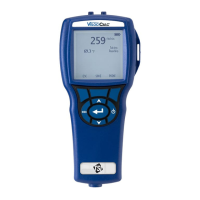

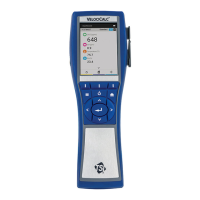
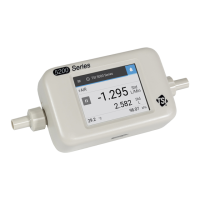
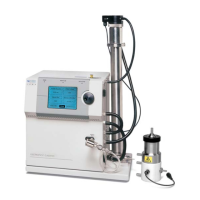
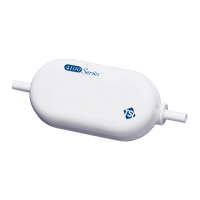


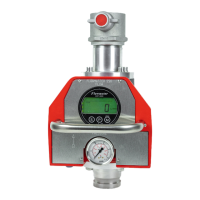
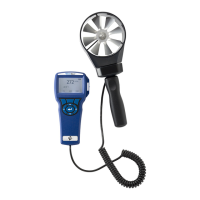
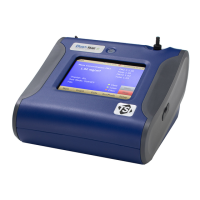
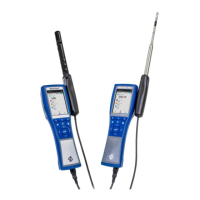
